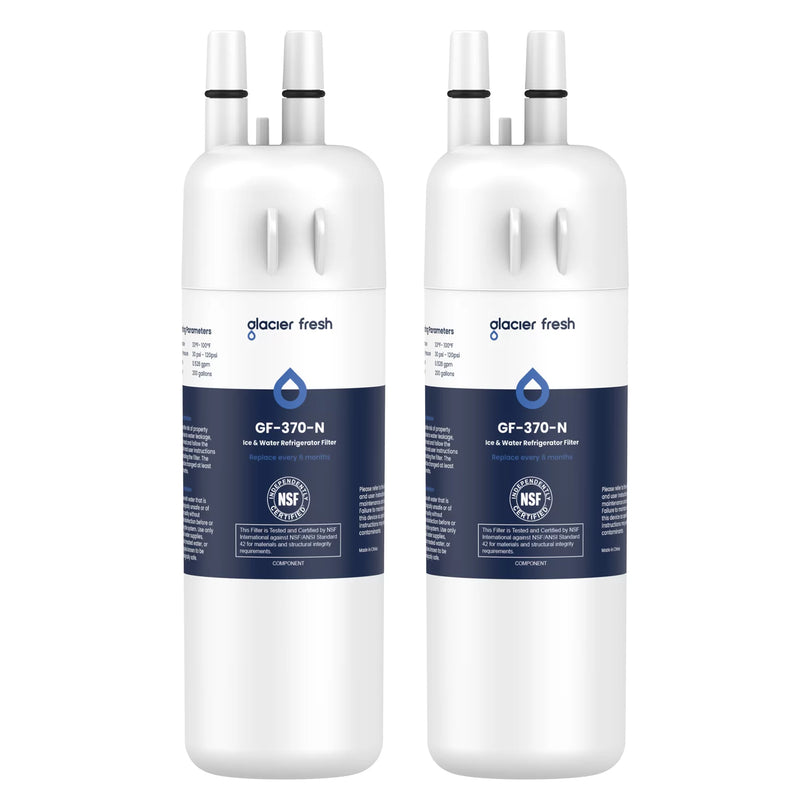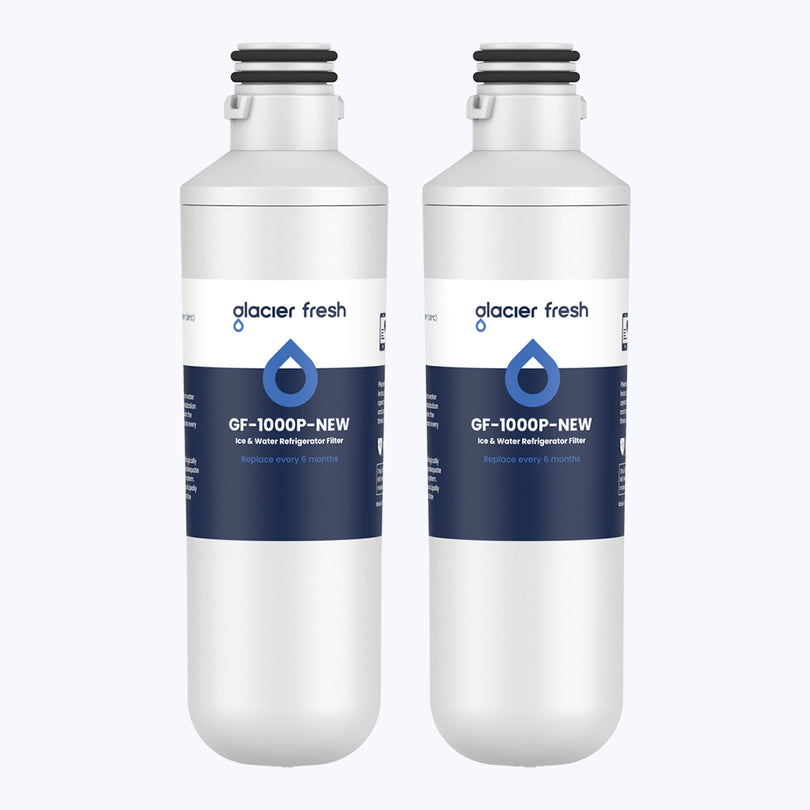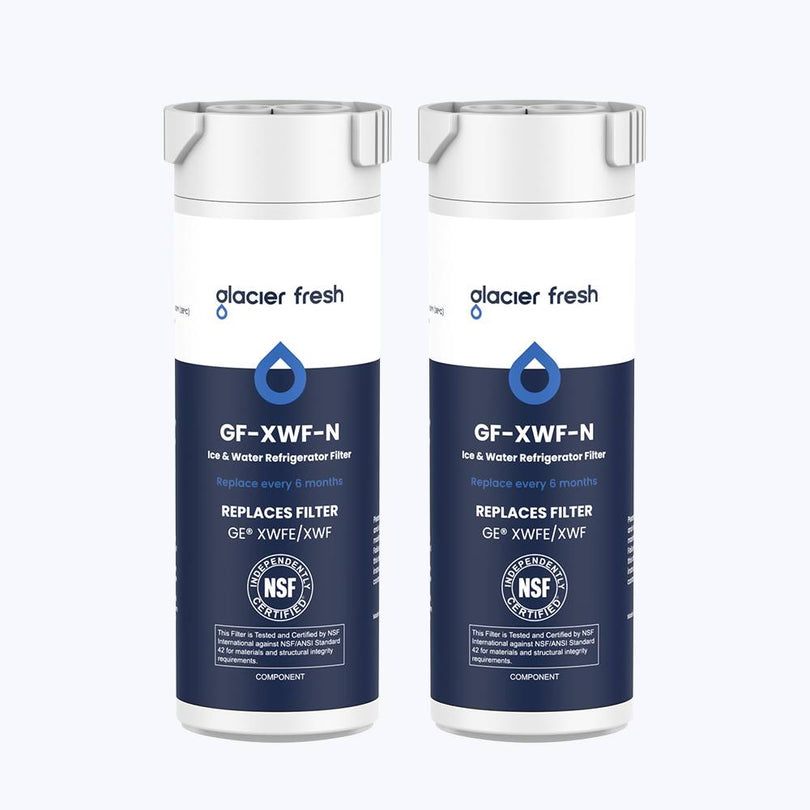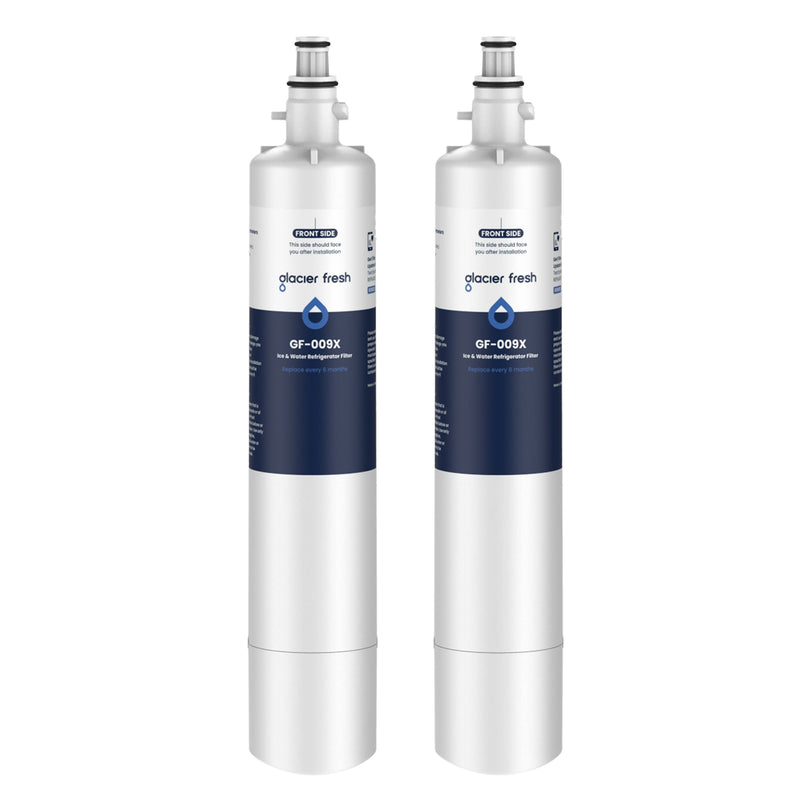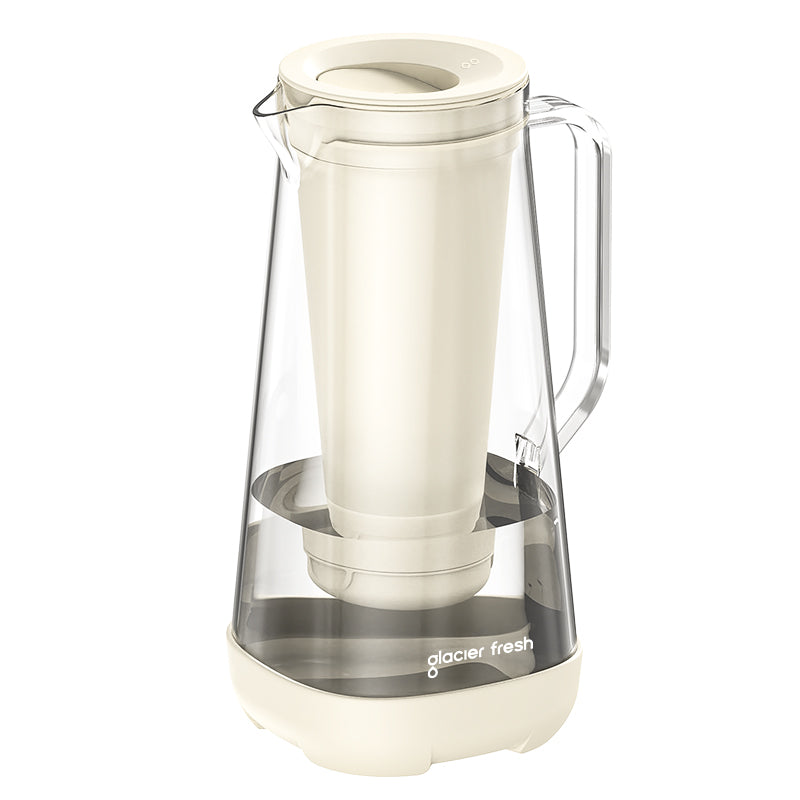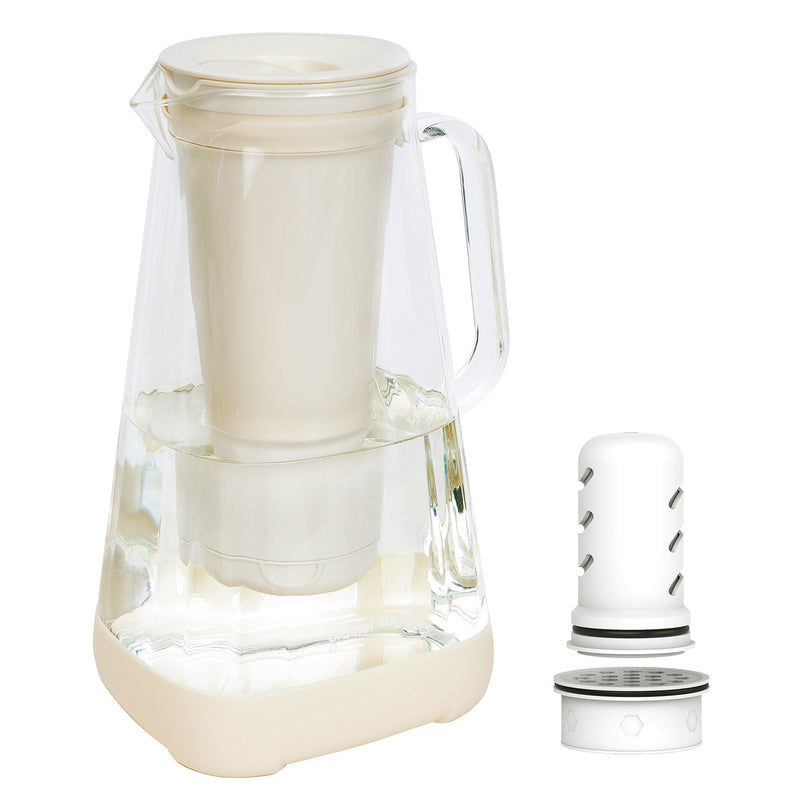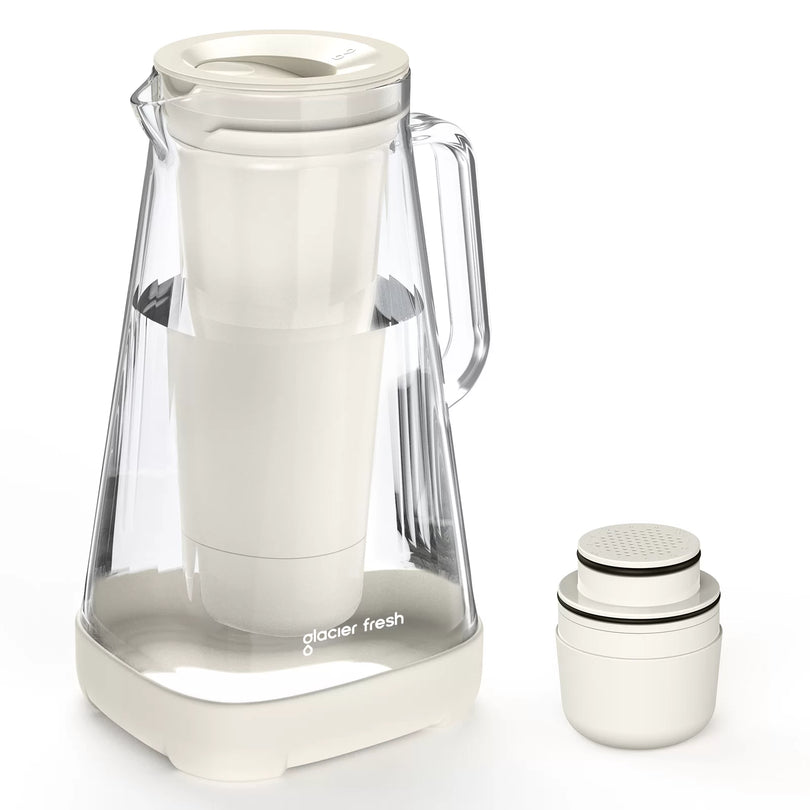Table of Contents:
Wie funktioniert Umkehrosmose?
Die größten Nachteile von Umkehrosmoseanlagen
Wer profitiert möglicherweise nicht vom RO-System?
Tipps zur Bewältigung häufiger Probleme bei der Umkehrosmose
FAQs
Abschluss
Umkehrosmoseanlagen (RO) erfreuen sich bei Haushalten, die hochwertiges, gereinigtes Wasser benötigen, großer Beliebtheit. Diese Systeme entfernen effektiv Schadstoffe wie Chlor, Blei und Fluorid und sorgen so für ein saubereres Wasser mit klarem Geschmack und Geruch. Trotz dieser Vorteile ist die Umkehrosmose jedoch nicht für jeden die perfekte Lösung. Bevor Sie eine RO-Anlage installieren, sollten Sie die potenziellen Nachteile kennen, um zu entscheiden, ob sie für Ihr Zuhause geeignet ist. In diesem Blogbeitrag untersuchen wir die wichtigsten Nachteile von Umkehrosmoseanlagen und geben Tipps, wie Sie diese überwinden können.
Wie funktioniert Umkehrosmose?

Umkehrosmose ist ein Wasseraufbereitungsverfahren, bei dem Wasser durch eine semipermeable Membran gepresst wird, um Verunreinigungen zu entfernen. Das System besteht oft aus mehreren Filterstufen, darunter Vorfilter, die Umkehrosmosemembran und Nachfilter. Umkehrosmose entfernt effektiv Verunreinigungen wie Schwermetalle , Pestizide und Bakterien. Diese gründliche Reinigung bringt jedoch einige Nachteile mit sich, die wir im Folgenden erläutern.
Die größten Nachteile von Umkehrosmoseanlagen
Hohe Wasserverschwendung

Ein RO-System verschwendet 3-5 Gallonen gereinigtes Wasser pro Gallone Wasser, was Ihre Wasserrechnung erheblich erhöhen kann. Diese Ineffizienz macht RO-Systeme weniger umweltfreundlich als andere Filtermethoden.
Lösung: Durch die Installation einer Permeatpumpe kann die Effizienz verbessert werden, indem die Wasserverschwendung während der Filtration reduziert wird.
Entzieht dem Wasser wichtige Mineralien
RO-Systeme entfernen zwar schädliche Verunreinigungen, aber auch wertvolle Mineralien wie Kalzium und Magnesium. Längerer Konsum von mineralfreiem Wasser kann zu einem Mangel an diesen wichtigen Nährstoffen führen.
Lösung: Durch Hinzufügen eines Remineralisierungsfilters werden wichtige Mineralien wiederhergestellt, wodurch sichergestellt wird, dass das Wasser besser schmeckt und die Gesundheit unterstützt.
Langsamer Filtrationsprozess
RO-Systeme produzieren aufgrund des zeitintensiven Filterprozesses langsam Wasser. Dies kann für größere Haushalte mit höherem Wasserbedarf frustrierend sein.
Lösung: Erwägen Sie die Installation eines größeren Speichertanks oder entscheiden Sie sich für ein Durchlauferhitzer-RO-System , das Wasser effizienter bereitstellt.
Anschaffungskosten und Wartungsaufwand

Die Installation einer Umkehrosmoseanlage kann teurer sein als die anderer Filtersysteme. Zudem müssen Filter und Membranen regelmäßig – in der Regel alle 6 bis 12 Monate – ausgetauscht werden, was die Wartungskosten zusätzlich erhöht.
Lösung: Auch wenn die anfänglichen Kosten hoch sein können, kann die regelmäßige Wartung die Lebensdauer des Systems verlängern und zukünftige Reparaturkosten senken.
Erfordert Platz- und Installationskompetenz
Herkömmliche Umkehrosmoseanlagen mit Speichertanks benötigen viel Platz, was in kleineren Küchen unpraktisch sein kann. Auch die Installation kann eine Herausforderung sein und erfordert möglicherweise einen Klempner.
Lösung: Wenn Platz ein Problem darstellt, sollten Sie ein kompaktes oder tankloses RO-System in Betracht ziehen, das weniger Platz benötigt und einfacher zu installieren ist.
Mögliche Auswirkungen auf Geschmack und pH-Wert

Da RO-Systeme Mineralien entfernen, kann das resultierende Wasser schal oder „leblos“ schmecken. Außerdem kann es einen niedrigeren pH-Wert haben und dadurch etwas saurer werden.
Lösung: Ein Remineralisierungsfilter kann den Geschmack verbessern und den pH-Wert des Wassers ausgleichen, sodass das Trinken angenehmer wird.
Nicht ideal für Brunnenwasser ohne Vorbehandlung
Wenn Sie auf Brunnenwasser angewiesen sind, reicht die Installation einer Umkehrosmoseanlage möglicherweise nicht aus. Umkehrosmosemembranen reagieren empfindlich auf Eisen, Sedimente und Bakterien, die das System verstopfen und die Effizienz verringern können.
Lösung: Eine Vorbehandlung mit Sedimentfiltern, Wasserenthärtern oder UV-Filtern stellt sicher, dass das Brunnenwasser die RO-Anlage nicht beschädigt.
Wer profitiert möglicherweise nicht vom RO-System?
- Für kleine Haushalte mit minimalem Wasserverbrauch lohnt sich die Investition möglicherweise nicht.
- Personen, die mineralreiches Wasser bevorzugen, sind möglicherweise vom Geschmack des RO-Wassers enttäuscht.
- Umweltbewusste Haushalte meiden RO-Systeme möglicherweise aufgrund der hohen Wasserverschwendung.
Tipps zur Bewältigung häufiger Probleme bei der Umkehrosmose

- Wählen Sie die richtige Systemgröße: Stellen Sie sicher, dass das Umkehrosmosesystem unter der Spüle den Wasserbedarf Ihres Haushalts decken kann.
- Erwägen Sie ein Durchlauferhitzer-RO-System: Sparen Sie Platz und genießen Sie einen schnelleren Wasserdurchfluss.
- Installieren Sie eine Permeatpumpe: Reduzieren Sie die Wasserverschwendung und machen Sie Ihr System effizienter.
- Fügen Sie einen Remineralisierungsfilter hinzu: Dies verbessert den Geschmack und den Nährwert Ihres Wassers.
- Verbesserung des Wassergeschmacks: Manchen Menschen schmeckt Umkehrosmosewasser etwas fad. Geben Sie Ihrem gereinigten Wasser Mineraltropfen hinzu oder verwenden Sie einen Remineralisierungsfilter, um den Geschmack zu verbessern.
FAQs
Wie hoch ist die durchschnittliche Lebensdauer einer Umkehrosmoseanlage?
Die Lebensdauer Ihrer Umkehrosmoseanlage hängt von ihren Komponenten, der Wasserqualität und der Filterleistung ab. In der Regel beträgt die Lebensdauer 10–15 Jahre. Bedenken Sie, dass Benutzererfahrungen und der Installationsprozess die Lebensdauer Ihrer Anlage beeinflussen können.
Gibt es einen signifikanten Geschmacksunterschied zwischen RO- und Leitungswasser?
Ja, es gibt einen spürbaren Geschmacksunterschied. Aufgrund des geringeren Mineralgehalts kann RO-Wasser im Vergleich zu Leitungswasser fade schmecken. Ihre Geschmacksvorlieben und die Wasserqualität können Ihre bevorzugte Reinigungsmethode beeinflussen.
Kann eine Umkehrosmoseanlage in jedem Haus oder Gebäude installiert werden?
Bei ausreichend Platz und passenden Rohrleitungen kann eine Umkehrosmoseanlage in jedem Haus oder Gebäude installiert werden. Wasserqualität und Anlagengröße sind jedoch wichtige Faktoren vor der Installation.
Abschluss
Umkehrosmoseanlagen sorgen durch die Entfernung von Verunreinigungen für eine hervorragende Wasserqualität, haben aber auch einige Nachteile, darunter Wasserverschwendung, hohe Kosten und Wartungsaufwand. Bevor Sie in eine Umkehrosmoseanlage investieren, sollten Sie sorgfältig prüfen, ob diese Nachteile Ihren Anforderungen entsprechen.
Wenn Sie eine kompakte und effiziente Lösung suchen, sollten Sie ein Umkehrosmosesystem ohne Tank oder eines mit Remineralisierungsfilter in Betracht ziehen. Wägen Sie die Vor- und Nachteile ab und wenden Sie sich bei der Auswahl des richtigen Systems an einen Experten. Folgen Sie Glacier Fresh um weitere Wasserfilterlösungen zu finden.

